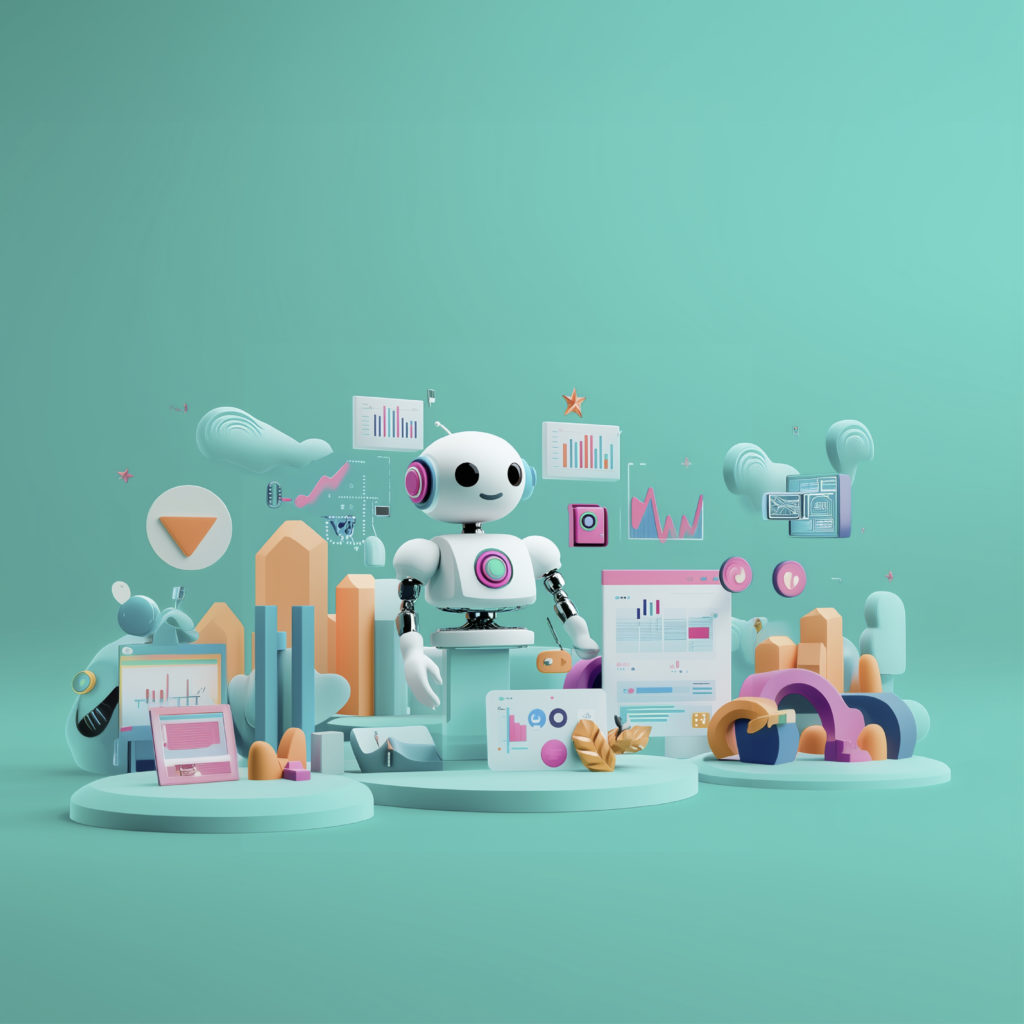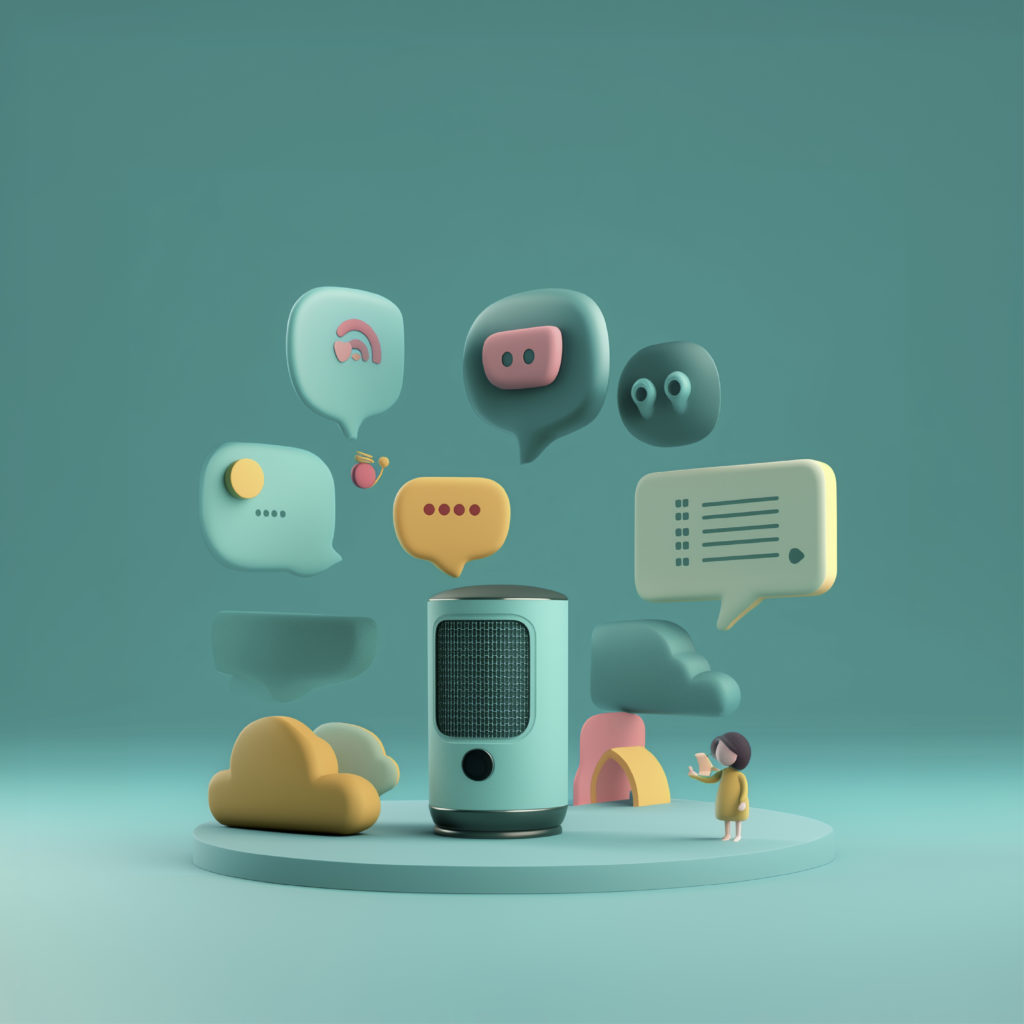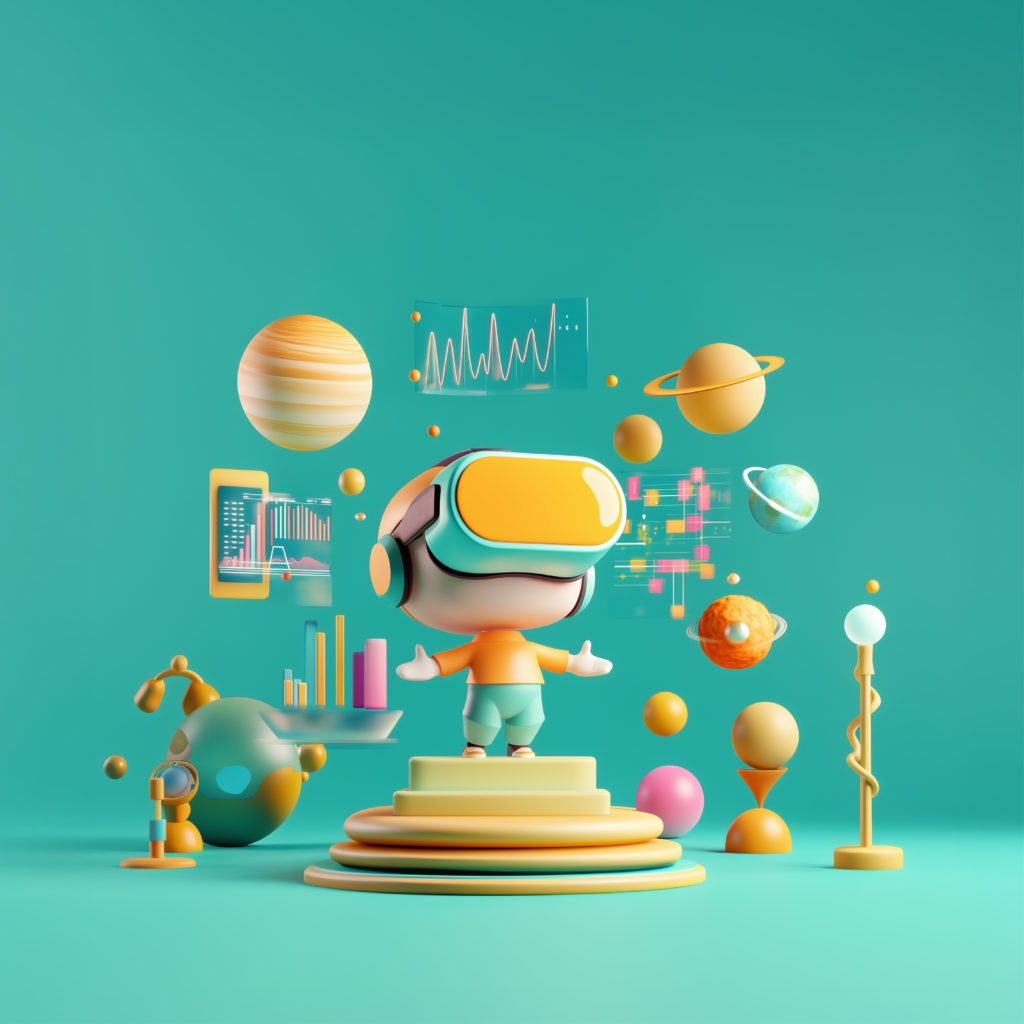UX Trends for 2025: Pioneering the Future of Digital Experiences
Embracing the Next Frontier in UX Design
As we approach 2025, user experience (UX) design continues to evolve at a remarkable pace. It is transforming how we interact with technology in deeply meaningful ways. This year’s trends, from leveraging artificial intelligence to redefining interfaces with spatial design, are set to revolutionize the digital landscape. In this article, we explore the most transformative UX trends of 2025 and provide actionable insights for businesses aiming to stay ahead.
Key Trends Shaping UX in 2025
- AI-Powered Personalization: Artificial intelligence remains at the forefront of UX innovation, enabling hyper-personalized experiences. AI analyzes user behavior, preferences, and real-time data to deliver tailored solutions. Platforms like Spotify and Netflix have set the benchmark with their personalized recommendations. However, 2025 will take AI-driven experiences even further. Websites and apps may dynamically adjust layouts, content, or themes based on a user’s mood or intent, unlocking an unmatched level of customization.

2. Voice & Conversational Interfaces: Voice user interfaces (VUIs) are transforming how users interact with technology. In 2025, VUIs will extend beyond smart speakers like Amazon Alexa or Google Assistant, becoming integral to apps, websites, and even public systems. The rise of conversational AI enables natural, intuitive interactions, enhancing accessibility and efficiency. Businesses should focus on creating seamless conversational flows, integrating voice commands with visual elements to provide a cohesive user experience. For example, integrating VUIs in e-commerce can simplify search and purchase processes, offering a frictionless journey.

3. Spatial Design: The Next Level of Immersion Spatial design, which includes augmented reality (AR) and virtual reality (VR), is poised to redefine UX in 2025. By blending digital and physical environments, spatial design creates immersive experiences that go beyond traditional interfaces. Retailers like IKEA have already leveraged AR to allow customers to visualize furniture in their homes. In 2025, we’ll see more industries adopting spatial design—from virtual office environments to interactive learning platforms. The potential for spatial design lies in its ability to foster deeper engagement and streamline complex interactions, making it a must-watch trend for businesses.

4. 3D Elements and Interactive Animations: The rise of 3D elements and interactive animations will bring a new dimension to UX in 2025. These design elements create visually captivating and engaging interfaces, allowing users to interact with digital products in dynamic ways. For instance, websites incorporating 3D product previews enable users to explore items in detail before making a purchase, bridging the gap between physical and online shopping. Interactive animations, such as hover effects or animated transitions, guide users intuitively while adding a sense of delight. These elements are key to crafting memorable and immersive experiences that resonate with users.

How Businesses Can Stay Ahead
- Leverage Emerging Technologies: Incorporate AI, VUIs, spatial design, and 3D elements into your digital strategy.
- Focus on Accessibility: Ensure that new technologies remain inclusive, catering to diverse user needs.
- Adopt a User-Centric Approach: Regularly test and refine designs based on real user feedback to stay aligned with evolving expectations.
Continuing the UX Journey
Throughout the year, we’ve explored best practices and emerging ideas in our UX HUB SERIES. We’ve kept our audience informed about the latest in user experience design.
As we step into 2025, we’ll continue to bring you updates and deep dives into UX. Our mission remains to help you create transformative digital experiences. Stay tuned for more insights as we navigate the future of UX together.

13 comments
how to order androxal buy safely online
August 16, 2025 at 5:46 pmhow to order androxal buy hong kong
buy androxal canada purchase
canada pharmacies enclomiphene
August 17, 2025 at 8:50 amonline order enclomiphene buy sydney
cheap enclomiphene generic online pharmacy
sans ordonnance kamagra pilule pharmacie renouveler
August 17, 2025 at 9:35 amacheter kamagra generique
kamagra vente par correspondance canada
how to buy dutasteride purchase from uk
August 17, 2025 at 12:19 pmdutasteride without a dr
buy cheap dutasteride cheap online in the uk
online order flexeril cyclobenzaprine generic for sale
August 17, 2025 at 12:59 pmhow to buy flexeril cyclobenzaprine uk buy cheap
online order flexeril cyclobenzaprine cheap next day delivery
cheapest buy fildena uk pharmacy
August 17, 2025 at 2:18 pmpurchase fildena generic when available
cheap fildena canada suppliers
online order gabapentin generic buy online
August 17, 2025 at 3:05 pmgabapentin drug no prescription
ordering gabapentin purchase singapore
cheap itraconazole mastercard buy
August 17, 2025 at 3:45 pmbuying itraconazole new york city
can i get the itraconazole pill in chicago
cheapest buy staxyn cheap generic uk
August 18, 2025 at 2:38 ambrand staxyn
buy staxyn on line no prescription
buying avodart without a script
August 18, 2025 at 3:44 amget avodart cost per tablet
buy avodart generic alternative
get xifaxan generic how effective
August 18, 2025 at 6:13 ambuy xifaxan in United Kingdom
buying xifaxan where to purchase
online order rifaximin usa buy online
August 18, 2025 at 6:16 amordering rifaximin generic good
buy cheap rifaximin price london
comprar kamagra cs přirozený sex
August 18, 2025 at 9:24 amkoupě kamagra bez rx
canada kamagra bez lékařského předpisu
Comments are closed.